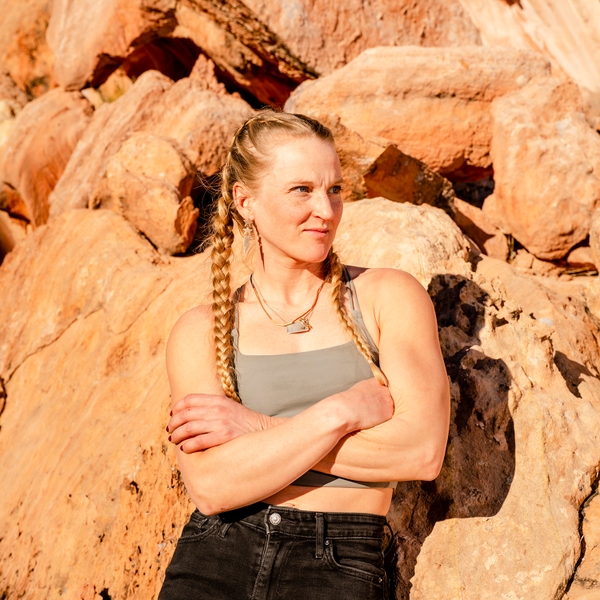Emily Harrington Made History on El Cap. She’s Still Ascending.
Her list of physical feats seems almost impossible. Win national sport-climbing competitions starting at the age of 13? Check. Summit Mount Everest? Check. Free-climb El Capitan in under 24 hours? That, too. But in order to cement her status as one of the world’s best climbers, there were more daunting obstacles to overcome.
New perk: Easily find new routes and hidden gems, upcoming running events, and more near you. Your weekly Local Running Newsletter has everything you need to lace up! .
It’s 2 p.m. on November 4, 2020, in Yosemite National Park, and the afternoon sun is blasting the south-facing Golden Gate route on El Capitan. Emily Harrington is a little more than 12 hours into her fourth attempt to free-climb the 3,200-foot-tall granite behemoth in under 24 hours.
Heat radiates off the wall, but , 34, is confident and moving well. She’s at the base of a pitch called Golden Desert, a stretch of slick rock with a thin crack. A few minutes ago she took an unexpected fall when her foot slipped, but she’s anxious to get to the next pitch, the A5 Traverse—her prior high point. Despite already ascending 2,900 feet, she isn’t that tired, so she decides to try again.
Graded 5.13a, Golden Desert is one of the most difficult sections of the route. There are no dimples or edges in the rock to put her toes on. Climbing it involves a tenuous balance of keeping her feet high enough to maintain friction but low enough to push upward. After cruising through the section she had just fallen on, she gets to a roof where she must traverse left. The heat forces her to grip harder than she normally would, and fatigue is setting in. To conserve energy, she skips clipping a piece of gear. Suddenly she slips, and the world goes black.
When she realizes what happened, she’s hanging on the rope just above the belay ledge, blood pouring down her face and into her eyes. She’d come sideways off the wall and hit her head on a protrusion in the rock, which gouged a quarter-size hole into the left side of her forehead. The failures from her previous El Cap attempts come rushing back—giving up a few hundred feet from the top in November 2019, and later that month, a massive fall that required a rescue and left her bloodied, bruised, and concussed. Instantly, she feels tired and afraid. She doesn’t want to climb anymore.
“I think you’ve got more try in you,” says , Harrington’s fiancé, who is her belayer and moral support for the top portion of the route. (Her friend Alex Honnold belayed her for the first two-thirds.) With tears running down her face and blood drying on her forehead, Harrington eats a handful of nuts. Ballinger attempts to lift her spirits. “You know I’d tell you if I didn’t,” he says.
“I can try,” Harrington mumbles. Yosemite Valley is quieter than usual, and her words hang in the air. With the country still in the midst of the coronavirus pandemic, the park is practically empty, and Harrington’s team, which includes a small film crew documenting the attempt, are some of the only people on the wall.
She knows how easy it would be to give up. But this is why she chose this goal, to test herself when it got hard.
After resting and waiting for shade to hit the wall, she starts to climb, focusing on what’s in front of her and nothing else. She enters what she’ll later characterize as a flow state, an experience she’d never had before. She executes moves flawlessly, and from that point on the climb is magical. She sends the A5 Traverse on her first try, then the following five pitches, reaching the top of El Cap in 21 hours 13 minutes 51 seconds. With that she becomes the fourth woman to free-climb El Cap in less than 24 hours—and the first woman ever to do it via the Golden Gate route.





